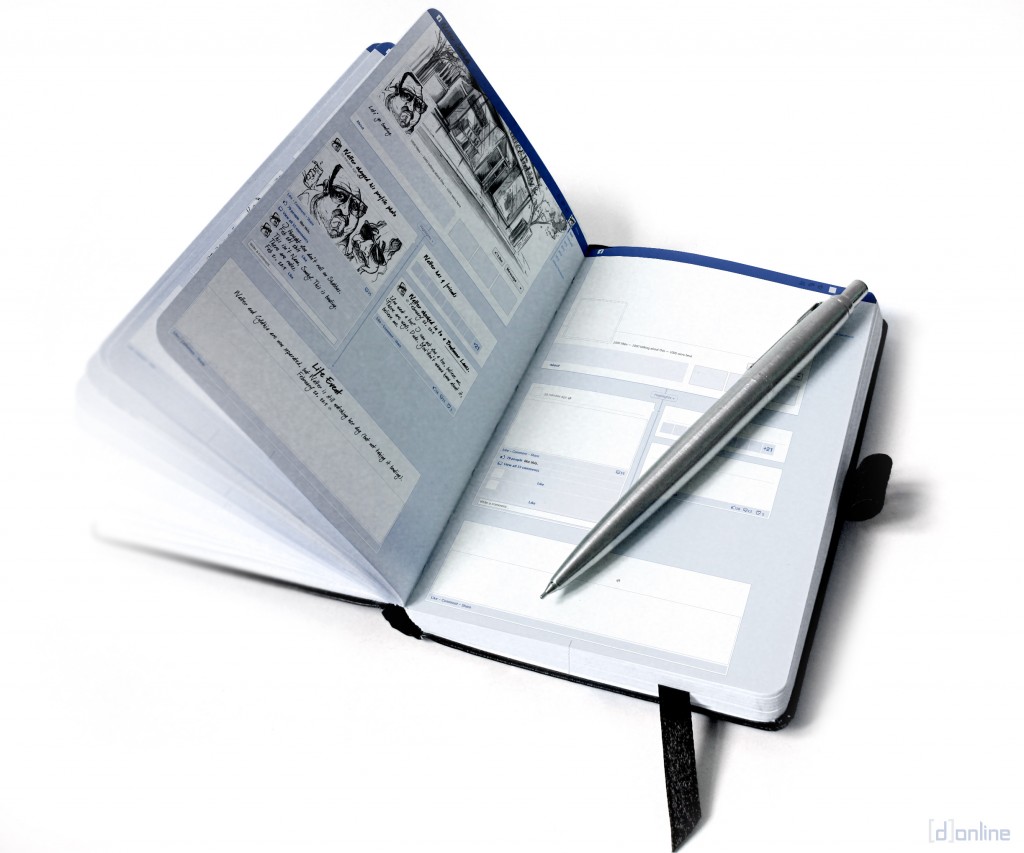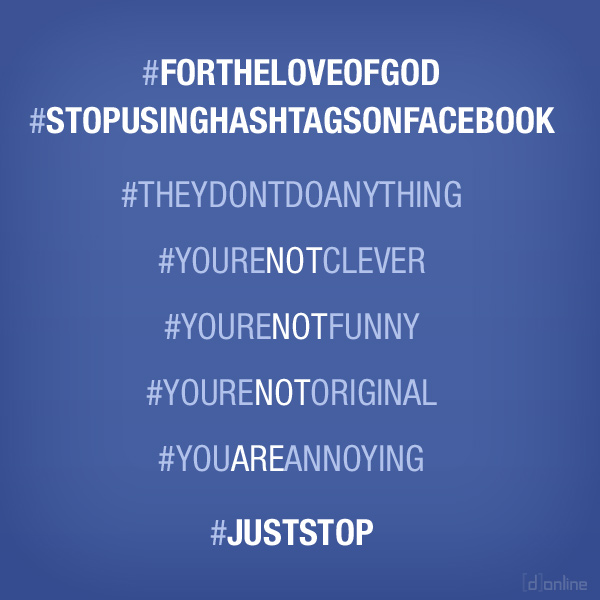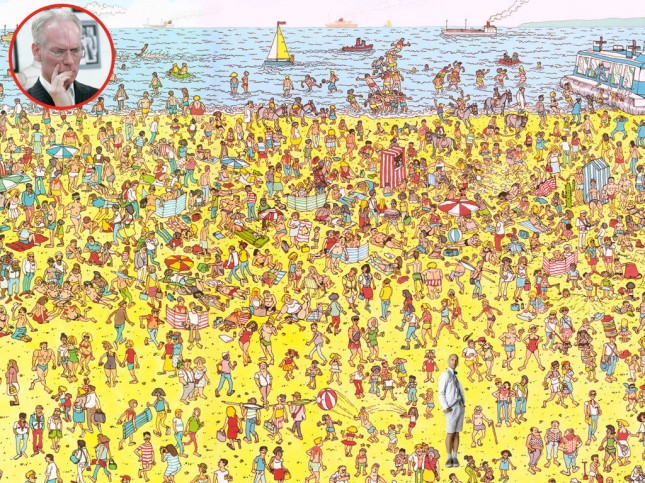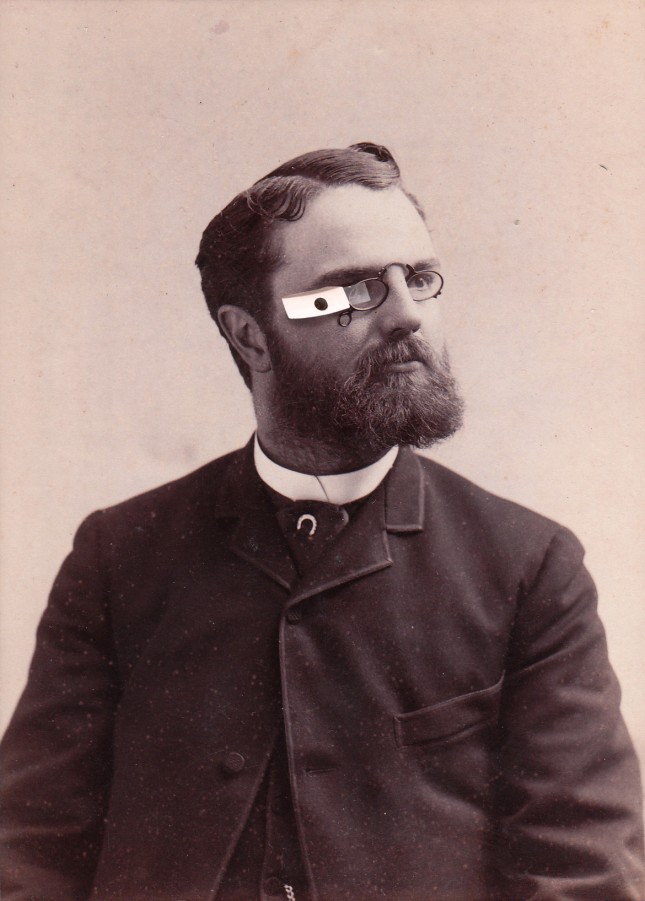Emanuele Abrate illustrates the typefaces used in some of the most famous brands.
56 Months of Pantone Moods

If you haven’t already checked it out, the Pantone Moods Facebook application that was conceived and created by ERA404, has a history and trends tab. The trends tab shows current mood matches, based on color, mood blurb, gender, date/time of submission, and distance from you. It also compares your current mood color and blurb based on gender, location, color match, word match, and frequency. Lastly, it shows global mood trends with the most active gender (female) and color (21-1-7 C), most active location (São Paulo) and color (21-1-7 C), most popular color now (1-1-6 C) and of all time (21-1-7 C), and most popular words (color, blue, feeling, today, happy) and colors (21-1-7 C, 76-1-7 C, 1-1-6 C, 132-1-4 C).
Read more
How Eduardo Saverin Sold Facebook Ads in 2004
The knock on Facebook is often that it doesn’t have its ad strategy figured out. That might be, but the company courted advertisers pretty much from the get-go.
Read more
Random Musings VI
Hashtags on Facebook
Where’s Andre?
I figure nobody is going to get this joke except for Sara, unless you’re into fashion or like bad reality television.
Google Pince-Nez Project
Please help me to attain funding for my Kickstarter campaign aimed at re-protoyping Google Glass to the ever-fashionable Pince-Nez. I truly believe that in order for such a ground-breaking, life-changing product to become successful among tweens and techies of today, we must root it firmly in the timeless accessory style popularized by Teddy Roosevelt, Anton Checkhov, Francisco de Quevedo, Bram Stocker’s Dracula, Scrooge McDuck, Agatha Christie’s Poirot, The Matrix’s Morpheus, uber-stylish Sonic the Hedgehog villain, Doctor Eggman, and, naturally, Professor Tofty, Wizarding Examinations Authority Proctor at Hogwarts.
Facebook Moleskine Sketchbook
 I think I’m going to make a Facebook Moleskine Sketchbook for myself, and people like myself, who would rather draw caricatures of friends rather than read the banal, tiresome updates of real friends. The illustrations in this mock-up were pulled from old sketchbooks, as well as a line drawing of the Red, White & Bubbly, in Brooklyn. The status and life events by my fictitious friend, Walter Sobchak, were pulled from IMDB’s listing on The Big Lebowski.
I think I’m going to make a Facebook Moleskine Sketchbook for myself, and people like myself, who would rather draw caricatures of friends rather than read the banal, tiresome updates of real friends. The illustrations in this mock-up were pulled from old sketchbooks, as well as a line drawing of the Red, White & Bubbly, in Brooklyn. The status and life events by my fictitious friend, Walter Sobchak, were pulled from IMDB’s listing on The Big Lebowski.
PANTONE® Moods Widget
Maybe you’ve noticed that colorful rotating widget to the left of this post (when this post was on the home page). That cool little plug-in was created for PANTONE® as part of our Facebook Moods project. The two panels show realtime Moods posted to Facebook, and a digest of the previous day’s most popular color, keyword and city. In terms of cities and their magnitude of Moods posted, by the way, São Paulo has got us beat by almost 400%:
You can see all Pantone Moods trends by clicking here, after you’ve logged in to Facebook and approved the application. And, naturally, you can see your mood show up on the widget simply by posting a new one and waiting for the widget to cycle through the most recent 15 moods posted.
Anyway, I’m curious to hear what you think about the widget. Drop me a line or post a comment below.
Find My Face
Google has always had technology that’s been both cool and creepy at the same time. In fact, I believe their upcoming “Google Now” was criticized for this reason, precisely, and CNET has a great article showing how Google products go from creepy to cool.
Anyway, Google now has a “Find My Face” feature which scours the social networking world for recognizable faces and then emails you to let you know it found your face. Take a look at this email I just received:
Here’s how Find my Face works:
After you turn on Find my Face, Google+ uses the photos you’re tagged in to create a model of your face. The model updates as tags of you are added or removed, and you can delete the entire face model at any time by turning off Find my Face.
If you turn on Find my Face, we can use your face model to make it easier to find photos of you. For example, we’ll show a suggestion to tag you when you or someone you know looks at a photo that matches your face model. Name tag suggestions by themselves do not change the sharing setting of photos or albums. However, when someone approves the suggestion to add a name tag, the photo and relevant album are shared with the person tagged.
As Zeh informed me, it’s fairly similar to what face.com used to do (before Facebook bought the Israeli facial recognition firm in June 2012) and Picasa and Facebook offer similar services. However, the idea that Googlebot is spidering the web with a model of my face, reporting back to me similarities is both creepy and cool. Creepy, because it brings to mind Sci-Fi movie gadgets where the government can spot your grainy likeness on any CCTV feed across the world. Cool, because it’ll help me to ensure no weirdo is montaging some shrine of my physiognomy somewhere in cyberspace, or some perverted derelict isn’t “catfishing” me by using my photos for a fictional online persona.





























